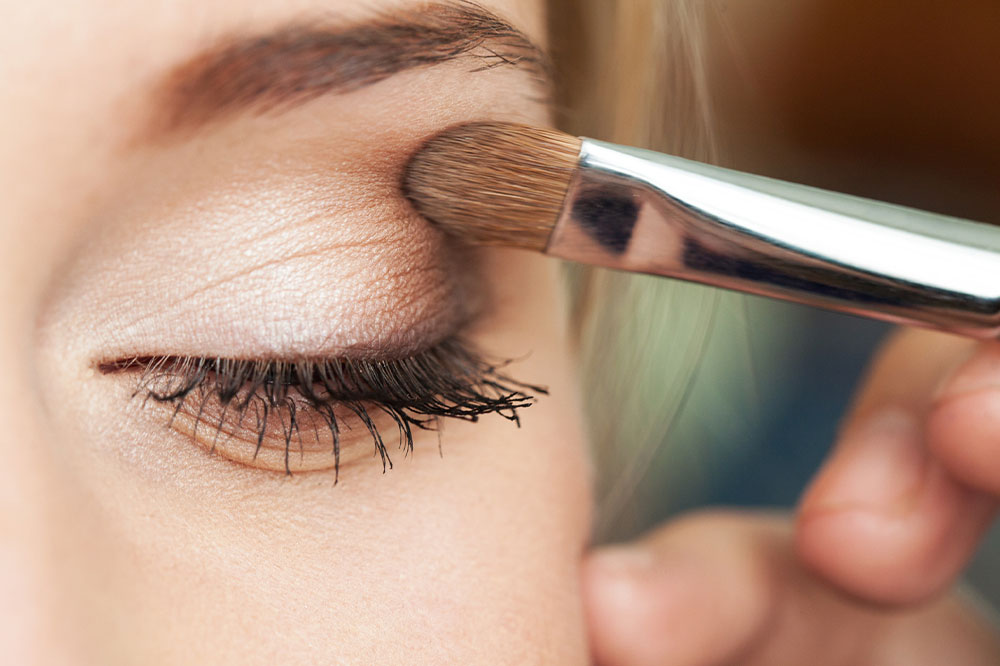8 common makeup mistakes to avoid

It’s always tricky to figure out which shades or brands of makeup work well for you. Even after this, you struggle to get the desired look. After all, blending makeup is not an easy task most of the time. It takes practice to get the perfect routine. You need to do a lot of experimentation and trials involving a few makeup mistakes. To help you out, here are a few mistakes to avoid to ensure your makeup is flawless.
You don’t prep your skin
Always prep your skin before applying any makeup product. You may have the right brands and shades. But the application will not be perfect unless you prepare your skin well. Use cleanser to clean off debris, dry skin, pollutants, sweat, and excess oil from your face. Then you use a toner and moisturizer to lock in hydration. Dry skin is to blame for your makeup appearing flaky or cakey. Once your skin is well-hydrated, apply a primer to prevent the makeup from melting.
You do makeup under the wrong lighting
Certain types of lights, such as fluorescent ones, do not show the true colors of your makeup. You do not know how a particular shade looks on your skin. Or if you are doing your makeup under a yellow or any other colored light, you will see different effects of a particular shade of eyeshadow or lip color on your skin. Always do your makeup in natural sunlight. When available, use a warm-white LED light as close to natural light as possible.
You don’t use concealers properly
Concealers are a great makeup product. When you want a no-makeup look, using concealers correctly can do the trick. It is quite versatile, too, so you can use it for many things apart from covering up blemishes. However, if you are layering thick concealer on your skin, the acne scars and wrinkles will become more prominent. It will also give you a patchy look. So opt for a liquid concealer for a natural, dewy finish. Also, try using different shades of concealer on different areas of your face. Use light concealers to cover eye bags and dark ones to cover acne, redness, and dark spots.
You use a dry beauty blender
Beauty blenders are one of the most versatile makeup tools. You can use them to blend your foundation, concealer, blush, and several other products. But if your blender is dry, you won’t get a balanced, well-defined finish. Your products won’t spread smoothly over your skin. Your final look will be blotchy and patchy. So make sure you always use a damp beauty blender. You can simply dip it in a bowl of water and squeeze out the excess using a towel. Another simple way is to spray a water mist all over it before blending your makeup.
You don’t use color correctors
Foundation and concealers can give an even tone and hide dark circles and marks, but only to some extent. For better coverage, you need to use color correctors. These are available in different colors, such as red, orange, blue, yellow, and green. Each color is used to cover a particular type of pigmentation. For example, you can use red or orange color correctors if you have bluish-dark circles. Or if there are reddish acne scars on your face, you can use blue color correctors. It will take some experimentation to determine which colors work well for you. Apply foundation on top of these, and the results will be flawless and even.
You apply more than two coats of mascara
This is a common makeup mistake that can be easily avoided. The result is extremely clumpy eyelashes that look way too intense. Also, never use mascara on your lower lashes in the same way that you do on your upper ones. The upper lashes are thicker, longer, and more dense than the lower lashes. So you need to use your mascara slightly differently. To avoid the lower lashes from clumping and giving you the spider-leg effect, apply the mascara by holding the wand vertically on the lower lashes.
You don’t take care of your lips
When you apply makeup, your lips have the most focus. Whether you decide to apply pink, red, nude, or purple lip color, the results won’t be great unless you take care of your lips. It is similar to prepping your skin or doing skin care. A gentle weekly scrub with oatmeal or brown sugar can help exfoliate your lips to make them smoother and plumper naturally. This will help in the even application of any lip product that you use. Always use a lip liner close to your natural lip color before applying any lip gloss or lipstick for best results. This will make your lips look fuller and more defined.
You apply foundation before doing your eye makeup
Most people often start their routine by applying concealer and foundation all over their faces, including their eyes. This is followed by doing the whole gamut of eye makeup, such as applying liner, eye shadow, and mascara. The problem with this routine is that eye makeup products may fall on your cheeks or nose. Or you may have messed up your liner and mascara. While correcting this, you ruin the foundation and concealer application on the rest of the face. The re-application will waste a lot of your time. You may also end up with an uneven tone or patchy look. Therefore, the best thing to do is apply concealer and foundation to your eyes before applying them to the rest of your face.


